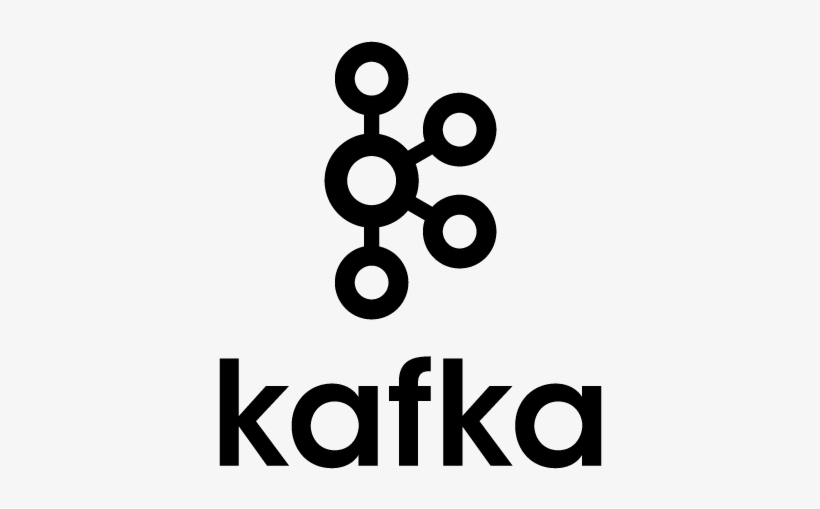Partitioning data and managing data distribution are crucial aspects of Apache Kafka’s architecture. By properly partitioning data, you can achieve high scalability, fault tolerance, and efficient data processing. In this blog post, we will explore various strategies for partitioning data in Kafka and managing the distribution of data across partitions. We will provide step-by-step instructions, code samples, and testing examples to help you understand and implement these strategies effectively.
Table of Contents:
- Understanding Partitioning in Apache Kafka
- Key-Based Partitioning
- Round-Robin Partitioning
- Custom Partitioning
- Managing Data Distribution
- Testing the Partitioning and Data Distribution Strategies
- Conclusion
- Understanding Partitioning in Apache Kafka:
Partitioning is the process of dividing a topic’s data into multiple partitions. Each partition is an ordered, immutable sequence of records. By partitioning data, Kafka achieves parallelism and scalability while ensuring fault tolerance. Partitions are distributed across the brokers in a Kafka cluster, allowing for distributed processing and high availability. - Key-Based Partitioning:
Key-based partitioning involves assigning a message to a specific partition based on its key. Messages with the same key always go to the same partition, ensuring order and consistency for records with related keys. To implement key-based partitioning, you need to specify a key when producing messages.
import org.apache.kafka.clients.producer.*;
import org.apache.kafka.common.serialization.StringSerializer;
import java.util.Properties;
public class KeyBasedPartitioningProducer {
public static void main(String[] args) {
Properties properties = new Properties();
properties.put("bootstrap.servers", "localhost:9092");
properties.put("key.serializer", StringSerializer.class.getName());
properties.put("value.serializer", StringSerializer.class.getName());
Producer<String, String> producer = new KafkaProducer<>(properties);
ProducerRecord<String, String> record = new ProducerRecord<>("my_topic", "my_key", "Hello, Kafka!");
producer.send(record);
producer.close();
}
}- Round-Robin Partitioning:
Round-robin partitioning evenly distributes messages across partitions in a round-robin fashion. Each message is assigned to the next available partition in a cyclic manner. This strategy is useful when you don’t have specific ordering requirements and want to distribute messages evenly across partitions.
import org.apache.kafka.clients.producer.*;
import org.apache.kafka.common.serialization.StringSerializer;
import java.util.Properties;
public class RoundRobinPartitioningProducer {
public static void main(String[] args) {
Properties properties = new Properties();
properties.put("bootstrap.servers", "localhost:9092");
properties.put("key.serializer", StringSerializer.class.getName());
properties.put("value.serializer", StringSerializer.class.getName());
Producer<String, String> producer = new KafkaProducer<>(properties);
for (int i = 0; i < 10; i++) {
ProducerRecord<String, String> record = new ProducerRecord<>("my_topic", "Hello, Kafka!");
producer.send(record);
}
producer.close();
}
}- Custom Partitioning:
In some cases, you may need to implement custom partitioning logic based on specific requirements. You can achieve this by implementing thePartitionerinterface and overriding thepartition()method. Custom partitioning allows you to control how messages are distributed across partitions based on your business logic.
import org.apache.kafka.clients.producer.*;
import org.apache.kafka.common.serialization.StringSerializer;
import java.util.Map;
import java.util.Properties;
public class CustomPartitioningProducer implements Partitioner {
@Override
public int partition(String topic
, Object key, byte[] keyBytes, Object value, byte[] valueBytes, Cluster cluster) {
// Custom partitioning logic
// Return the partition number based on the key or value
return 0;
}
@Override
public void close() {
// Cleanup resources
}
@Override
public void configure(Map<String, ?> configs) {
// Configure partitioner
}
public static void main(String[] args) {
Properties properties = new Properties();
properties.put("bootstrap.servers", "localhost:9092");
properties.put("key.serializer", StringSerializer.class.getName());
properties.put("value.serializer", StringSerializer.class.getName());
properties.put("partitioner.class", CustomPartitioningProducer.class.getName());
Producer<String, String> producer = new KafkaProducer<>(properties);
ProducerRecord<String, String> record = new ProducerRecord<>("my_topic", "my_key", "Hello, Kafka!");
producer.send(record);
producer.close();
}
}- Managing Data Distribution:
To manage data distribution across partitions effectively, you need to consider factors such as the number of partitions, data volume, and throughput requirements. Here are some strategies to consider:
- Increase the number of partitions to improve parallelism and throughput.
- Ensure an even distribution of data across partitions to avoid data skew.
- Monitor and rebalance partitions when adding or removing brokers or topics.
- Testing the Partitioning and Data Distribution Strategies:
To test the partitioning and data distribution strategies, you can set up a Kafka cluster and create a topic with multiple partitions. Then, use the provided producer examples to produce messages and observe the distribution across partitions.
You can also create consumer applications to consume messages from different partitions and verify the desired order or even distribution.
Partitioning data and managing data distribution are critical considerations when working with Apache Kafka. By implementing strategies like key-based partitioning, round-robin partitioning, and custom partitioning, you can achieve efficient data processing, fault tolerance, and scalability.
Testing the partitioning and data distribution strategies in a Kafka cluster will help you validate their effectiveness in real-world scenarios. Remember to monitor and adjust the number of partitions based on your requirements and consider rebalancing when necessary.
By understanding and applying these strategies, you can make informed decisions about partitioning and data distribution in Apache Kafka, leading to optimized data processing and reliable stream processing applications.












